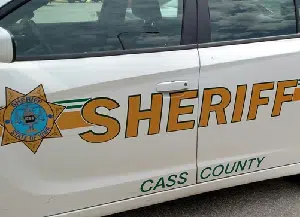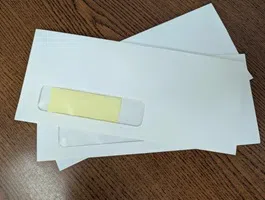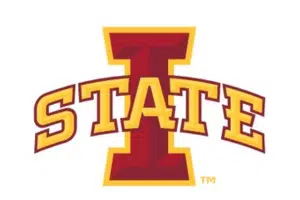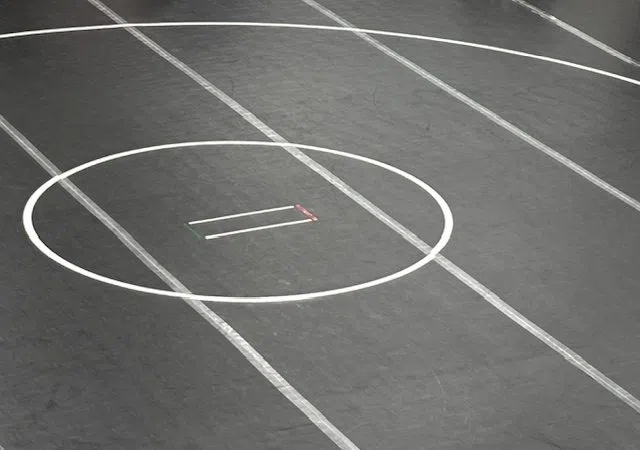(Boone) Part two of our series on the Iowa High School Athletic Association’s classification system takes a look at some new ideas to perhaps level out the playing.
Cole Corson coaches at Glidden-Ralston, a Class 1A school with a beds number of 68. “The landscape of Iowa in my opinion, and I think a lot of people can attest, has changed drastically. Some of my things I’ve worked around with are different classifications. When it comes to how they come up with the beds numbers, the beds numbers are a good place to start, but there’s also a lot more factors that go into it. I took into account open enrollment and some of these schools, public or private, that live by bigger cities can get very large open-enrollment numbers.”
Despite being 325th on the list of 338 schools for beds numbers, Corson’s Wildcats are still in the same classification as a school such as Newman Catholic. The Knights have a beds number of 106 (for reference Griswold’s beds number is 105 and CAM’s is 109), but are located in Mason City which gives them the potential to draw from a large talent pool. “The average public school in 1A and 2A has a population base of 2,149. The average private school population in those two classes was 33,000. That right there is 16 times bigger from a population standpoint. I understand you don’t get all those kids, but at the same time you still get the draw.”
Corson feels schools located within 15 miles of a major city should face some type of a multiplier as opposed to strictly being classed based on a beds number. Iowa High School Athletic Association Tom Keating warns a multiplier could get pretty complicated with several factors to potentially consider. “If we looked at this as a matrix and put all the schools down the left side and then we put all the factors that contribute to success across the top we’d have a pretty complex formula. I want to be very clear, that is not the reason to do nothing. That is not the reason to do nothing.”
Plus Keating points out Iowa’s open-enrollment rules are unique to other states that use a multiplier for private schools. “A student in Iowa can go to any school public or non-public through the open-enrollment process unless the sending school refuses or the receiving school says they are full. Iowans have the ability to pick there school and that’s true of public and non-public. Those states that have multipliers for non-public schools are states that don’t have open-enrollment.”
Another interesting dynamic in the process is if and how the percentage of a school district’s families on free and reduced lunch should be accounted for. We’ll further explore that topic tomorrow.












